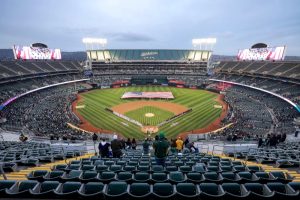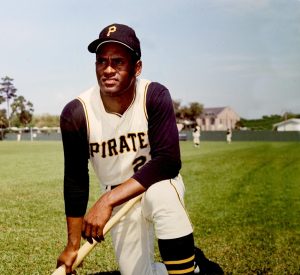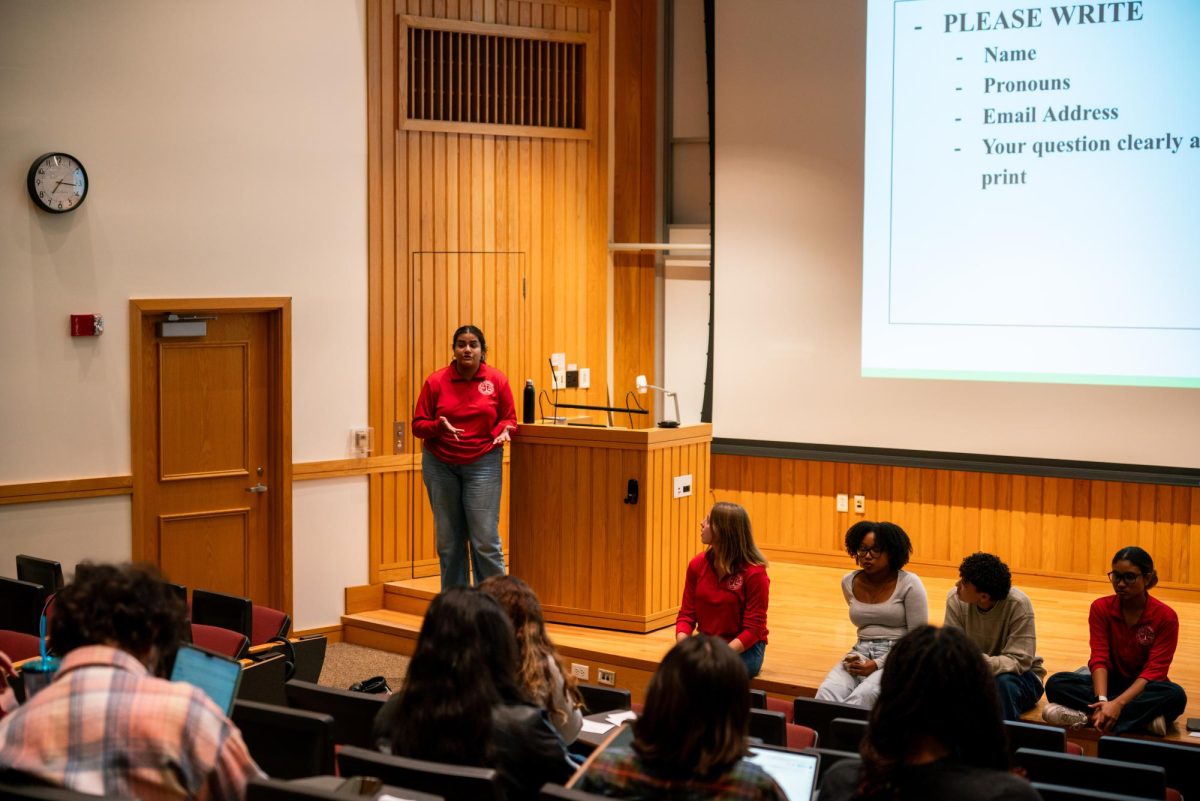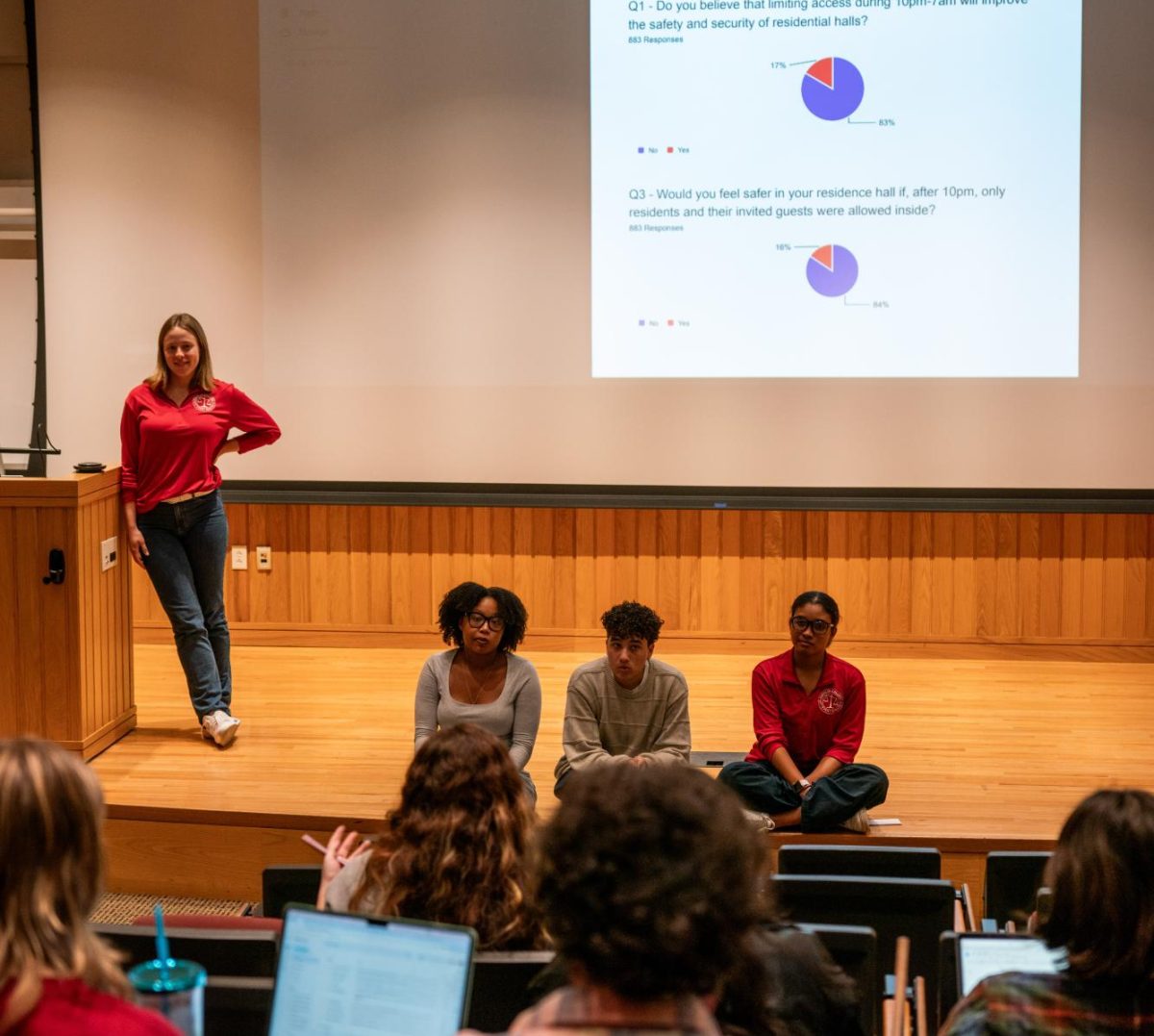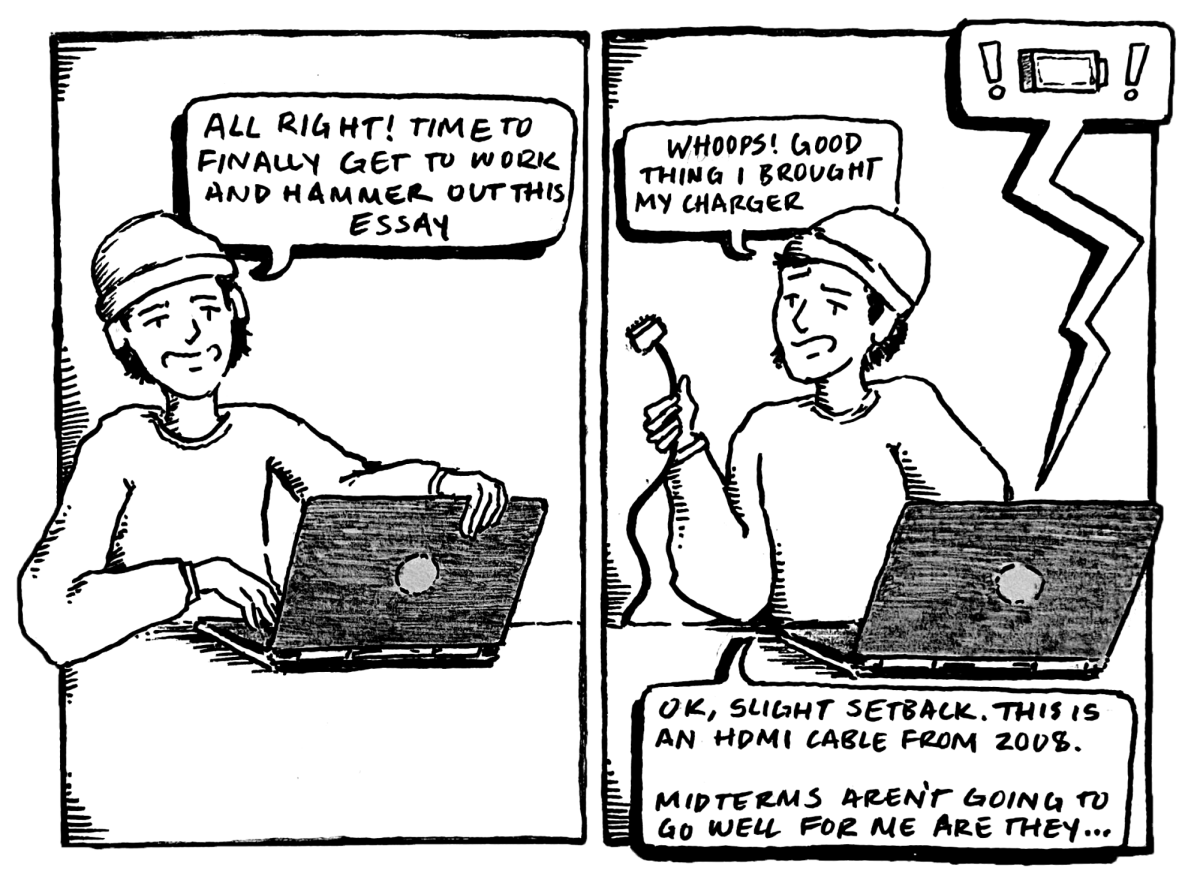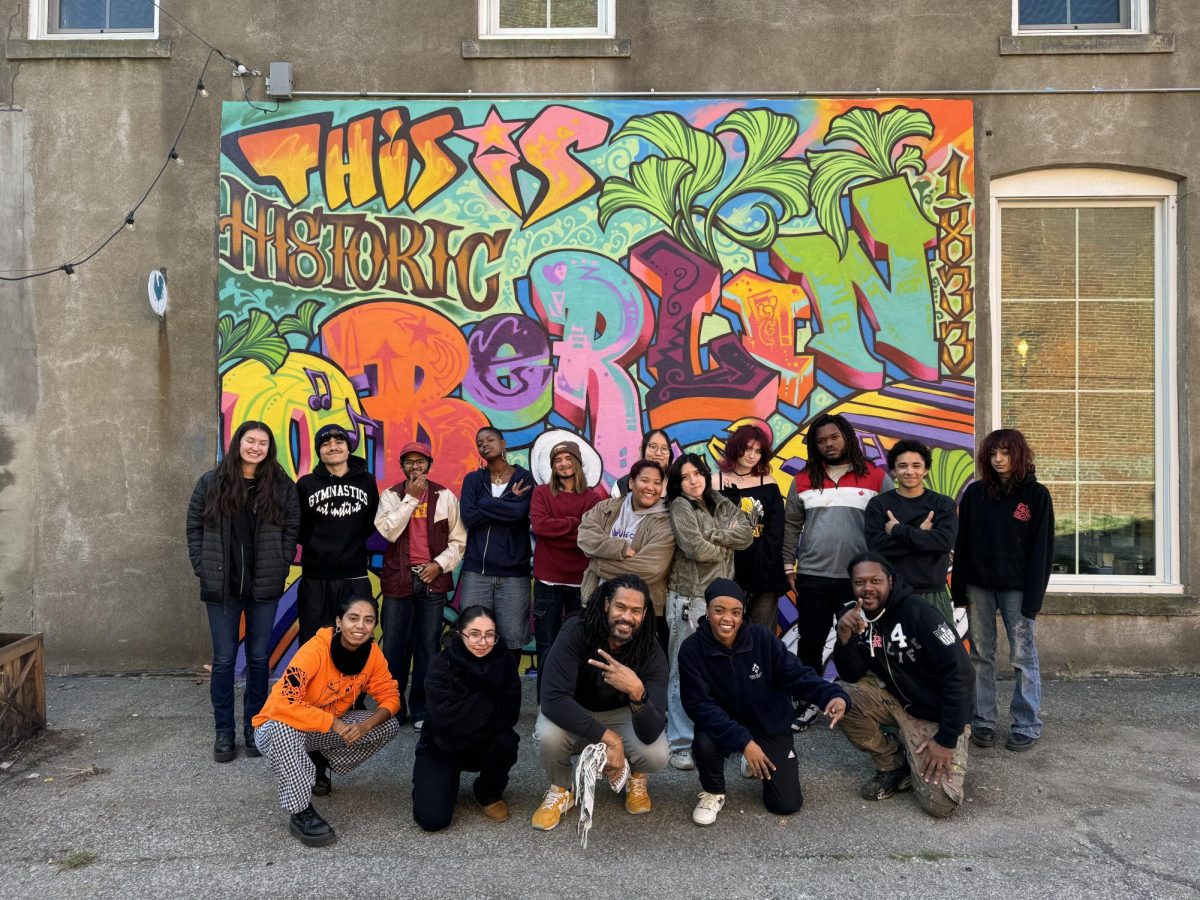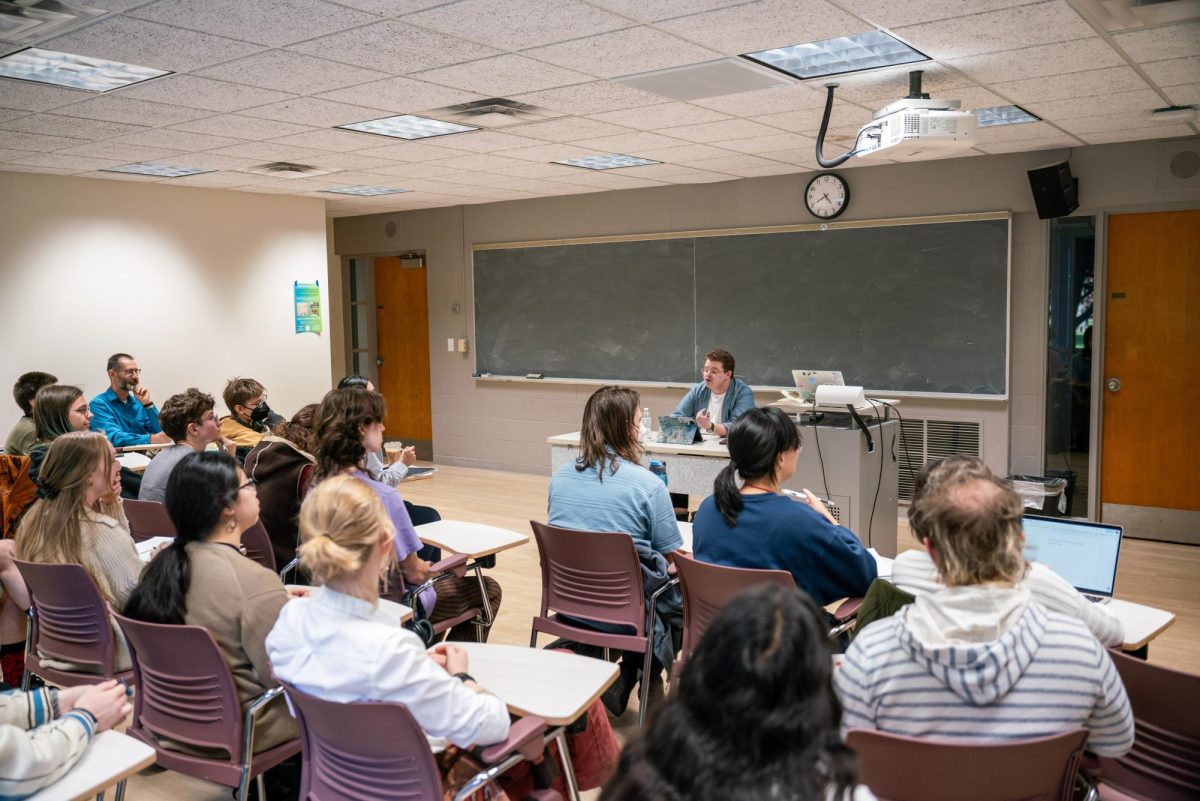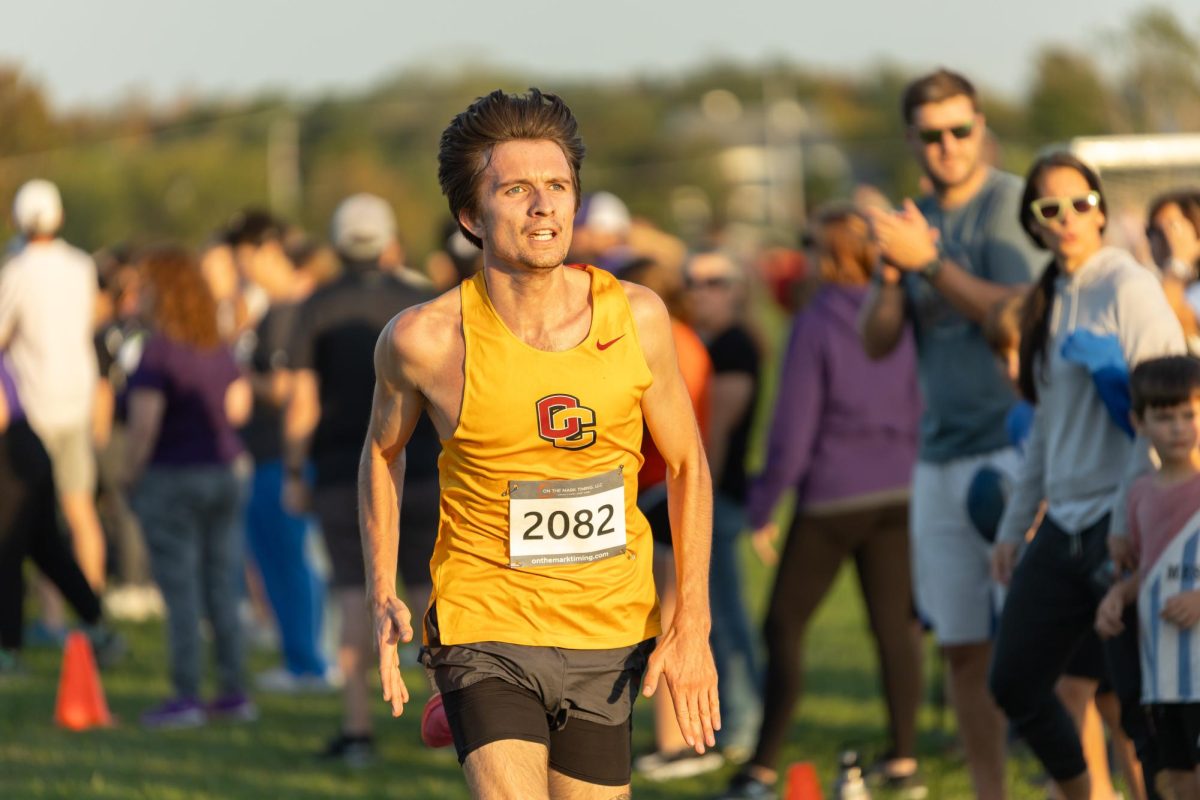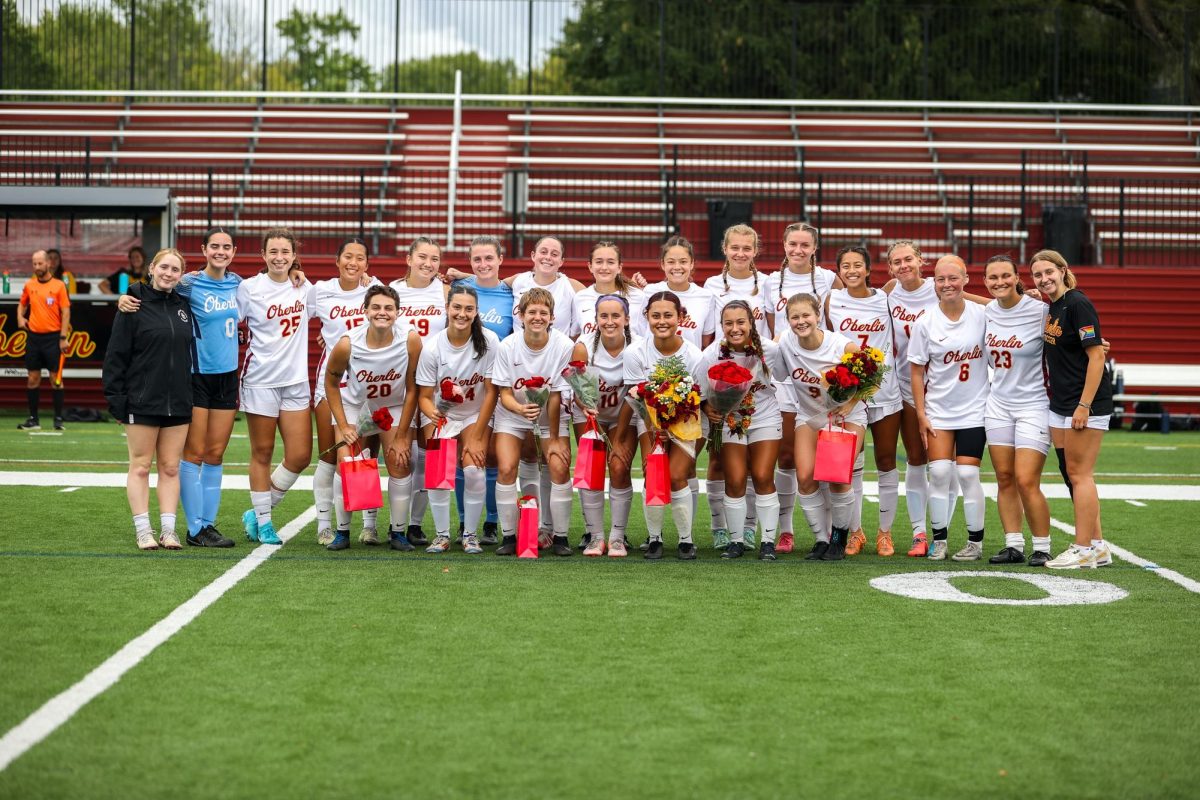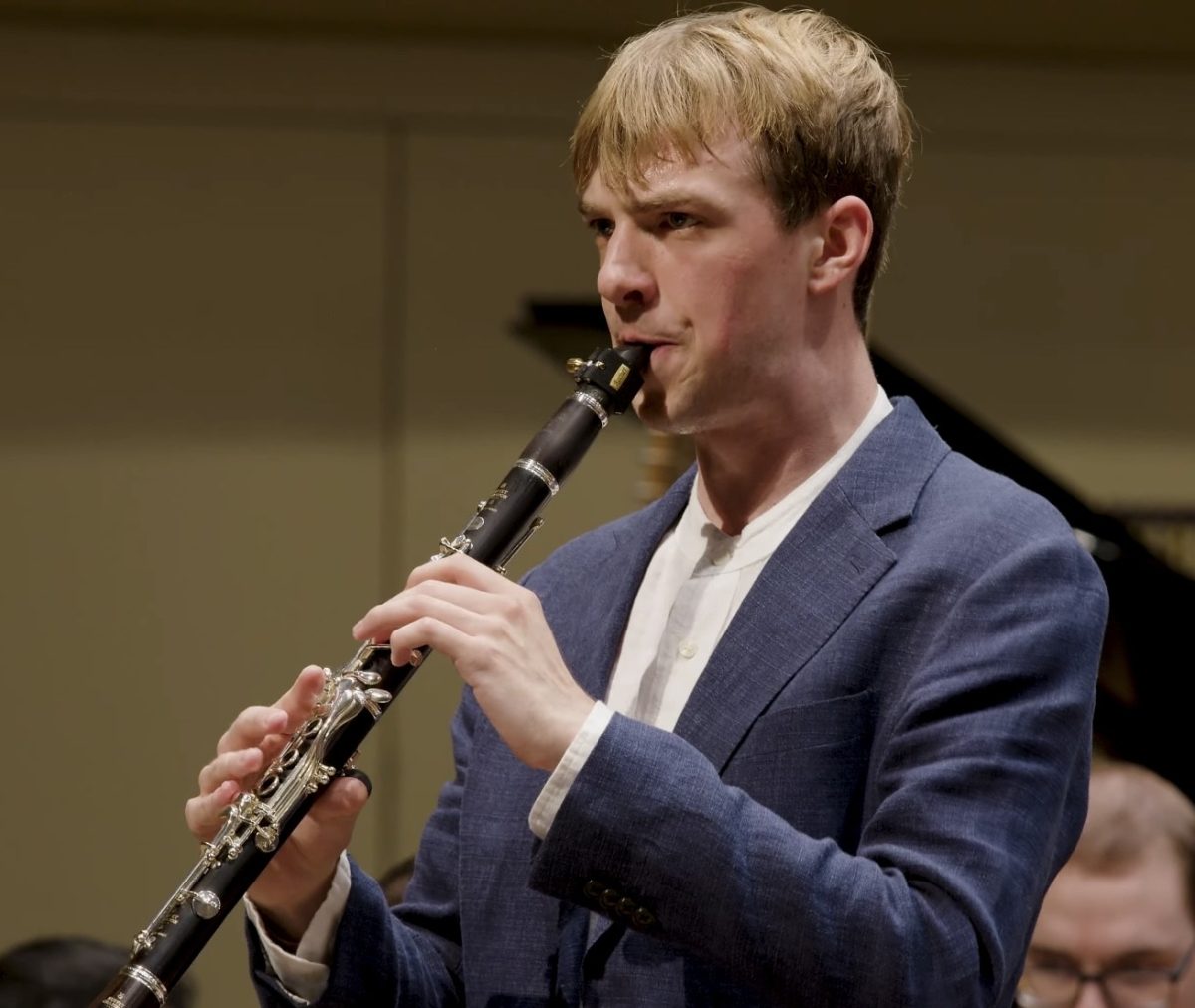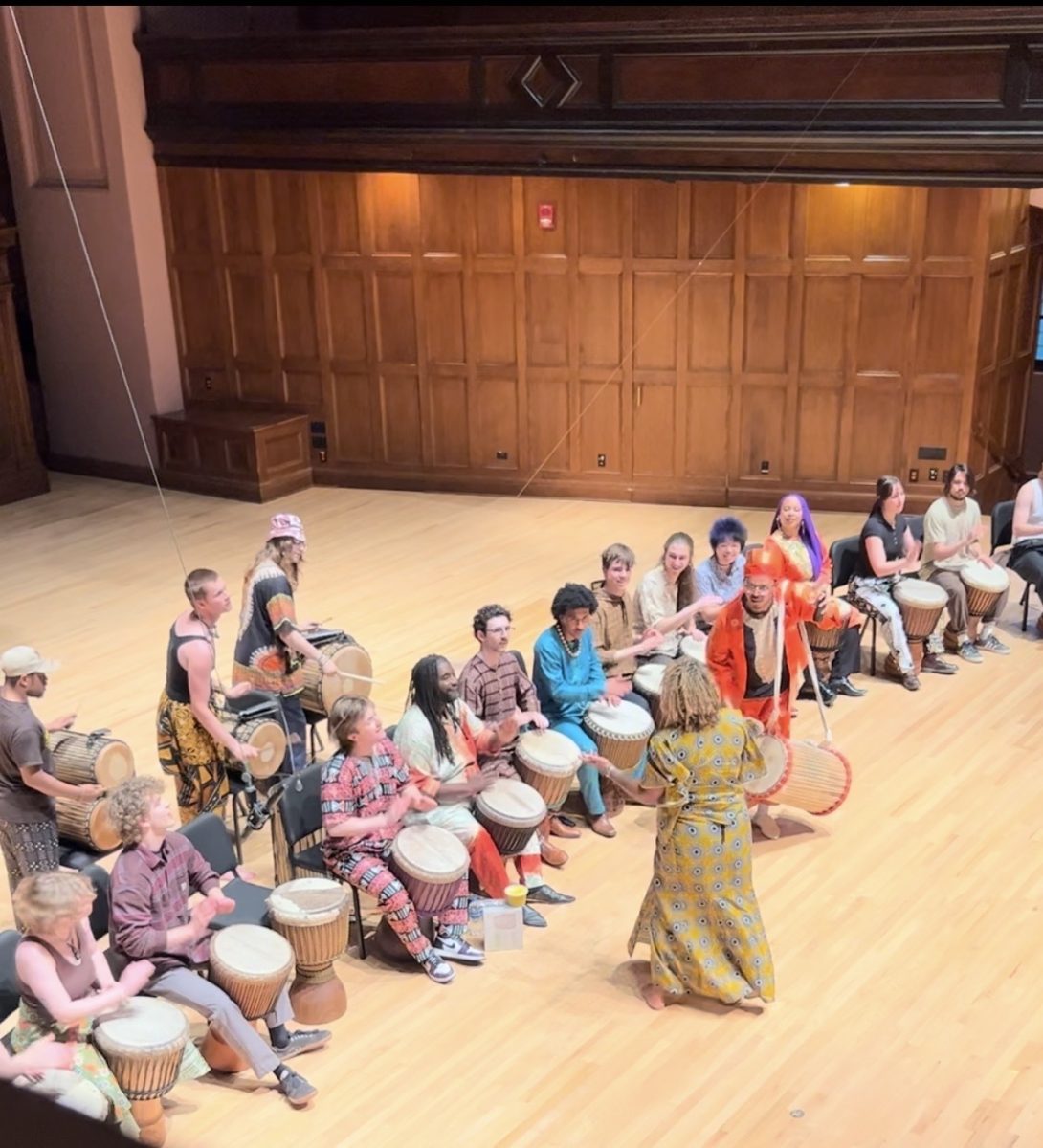Contemporary Music Ensemble Attracts New Fans
March 18, 2011
One of the best things about coming to Oberlin as an Arts and Sciences student is the opportunity to take advantage of the Conservatory. Not only does the Conservatory give students the chance to take secondary lessons, it also provides the opportunity to hear genres of music that they might not have the chance to experience elsewhere. I had such an experience Friday night in Warner Concert Hall, where the Contemporary Music Ensemble, conducted by Professor of Conducting Tim Weiss, performed three incredibly engaging pieces.
The label “contemporary music” encompasses a diverse variety of music that can be applied to anything composed after 1945 that does not adhere to the classical ensemble tradition. The genre is most notably characterized by the rejection of conventional interplays between melodies and harmonies, replacing them with subtler and seemingly discordant interactions within a single instrument, or among many. Specifically, contemporary music ensembles combine performances from pieces that you would expect in a regular orchestra, such as strings and brass, with more exotic instruments like MIDI keyboards or pink plastic recorders. The percussion section often plays an especially important part, greatly aiding the tones of the pieces by recreating sounds from the outside environment.
The first piece during the performance, Wheel of Emptiness, composed by Jonathan Harvey, was a “soundscape” that aimed to reflect the Buddhist ideals of perfect emptiness, peace and clarity. The piece started with the cacophonous roar of heavy bass notes from the piano and the string players bouncing their bows, their fingers sliding up and down the strings. Later, the piece moved to a variety of rhythms chasing each other around the eponymous “wheel”: periods of silence followed by long, drawn-out notes, then high-pitched sixteenth notes from the strings and finally elongated winds and brass.
At one point during the piece, the slides on the strings sounded like sirens, the exact opposite of the calm and tranquility that the audience may have expected from the title. Finally, the bass and cello and synthesized sounds retreated into the distance, until they sounded like the “clear and transparent sound of crotales, coming to us like bells from a peaceful and welcoming temple.”
Clear Sky, a piece composed by Assistant Professor of Composition Josh Levine, used rough scraping sounds and what looked like a sort of plastic bellows to emulate the sound of harsh breath. The piece is “the nexus of reflections on [Levine’s] mother’s death after over a decade of physical decline,” with the soloist acting the part of the central character, letting out long, keening notes as the ensemble played off its own patterns in the background.
The final piece of the night was celebrated composer Harrison Birtwistle’s Silbury Air, a reflection on the interplay of artificiality and organicism that exemplified Birtwistle’s technique of “pulse labyrinths.” Soft strings acted as an opener, with other instruments gradually adding layer upon layer as the tempo and rhythm increased. At first, the piece must have struck some audience members as a mish-mash of tones and rhythms; However, upon careful listening you could hear the repeated patterns, set slightly off-kilter to each other every time they came around again.
The second half then transitioned into a lonely piccolo solo, followed by a similarly frenzied build-up of new rhythms. This half of Silbury Air put much more focus on melody, with Birtwistle’s trademark “pulse” at the forefront. A cautious, melodious flute played over the skittish strings was shocked into submission by blaring brass elements. Although the rhythms were steadier, the tensions of the piece were more evident in the second half than in the first, with the fading drone of the clarinet at the end serving as a cue for the audience to finally relax.
As someone with no previous experience of contemporary classical music, this concert was intriguing: The emotions that the music dealt with were subtler, more complex and a little darker than what I am used to hearing in concert repertoires. Additionally, as a former orchestra member, it’s hard not to have great admiration for these musicians. Throughout all three pieces, I marveled at the sheer number of tempo changes and measured rests in the music. I would gladly relive this experience just to see what I didn’t catch the first time around.


